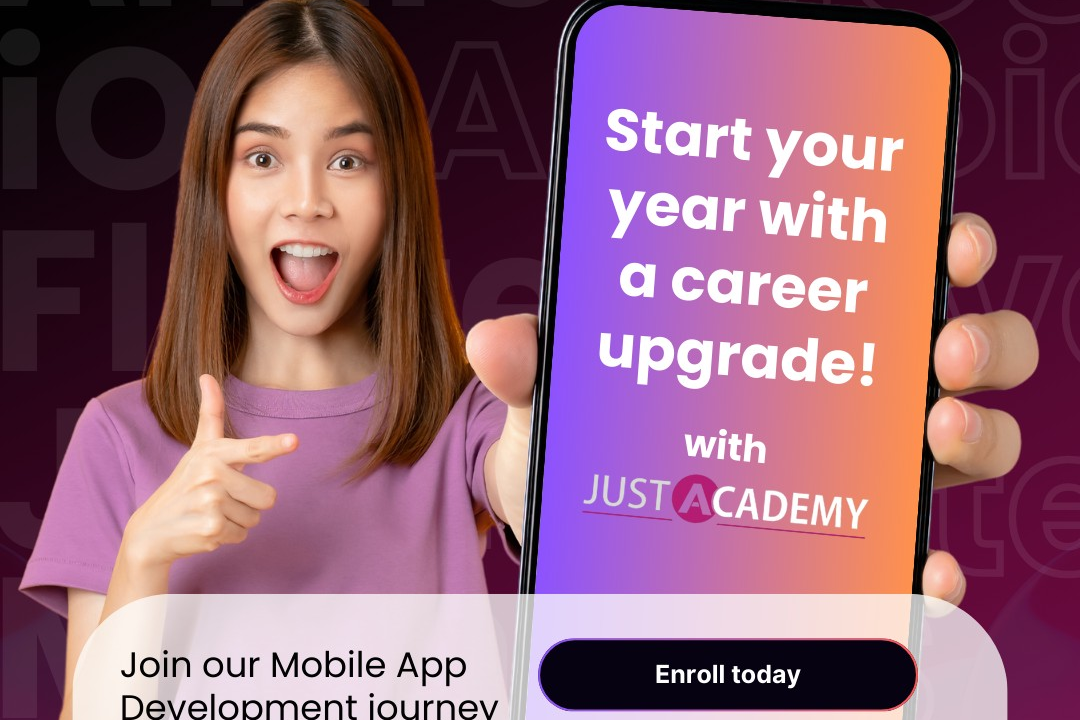Material Design Guidelines
Enhancing User Experience with Material Design Principles
Material Design Guidelines
Material Design is a design language developed by Google that emphasizes a clean, modern aesthetic and aims to create a seamless user experience across various devices and platforms. It is grounded in the principles of paper and ink, using tactile surfaces, realistic lighting, and motion to convey the hierarchy and meaning of information. The guidelines advocate for responsive layouts, vibrant colors, bold typography, and intuitive navigation, ensuring that interfaces are not only visually pleasing but also functional and accessible. Material Design encourages designers to create consistency in user interfaces through standardized components and patterns, enhancing usability while allowing for creativity and personalization.
To Download Our Brochure: https://www.justacademy.co/download-brochure-for-free
Message us for more information: +91 9987184296
1 - Introduction to Material Design: Discuss the origins and purpose of Material Design, developed by Google, to create a unified design language across platforms and devices.
2) Material Metaphor: Explain the foundational concept of Material Design, which uses the metaphor of physical materials to create interfaces that feel real and provide touch feedback.
3) Bold, Graphic, Intentional: Highlight the use of bold colors, large typography, and strong visual elements to create an impactful user experience.
4) Motion Provides Meaning: Emphasize the importance of motion in Material Design; animations should serve a purpose, helping users understand transitions and interactions.
5) Responsive Design: Cover the principles of responsive layouts that adapt to different screen sizes and orientations while maintaining usability.
6) Grid Based Layouts: Introduce the use of grids in organizing content, ensuring a consistent structure across various screens and devices.
7) Color Theory: Discuss how color palettes are used in Material Design—primary, secondary, and accent colors—and the role they play in creating visual hierarchy.
8) Typography: Illustrate the importance of typefaces, including guidelines for font sizes, weights, and styles, to enhance readability and create a visual rhythm.
9) Iconography: Explain the role of icons in Material Design, including guidelines on using them effectively and ensuring they are recognizable and meaningful.
10) Component Library: Introduce the concept of Material Components, a library of reusable UI components that help streamline the development process.
11) Elevation and Shadows: Describe how elevation (using shadows) helps to communicate hierarchy and interaction states, distinguishing between different layers of UI.
12) User Interaction Patterns: Discuss standard interaction patterns in Material Design, such as buttons, cards, and dialogs, and how they guide user behavior.
13) Accessibility: Emphasize the importance of making designs accessible to all users, including considerations for color contrast, text size, and screen reader compatibility.
14) Design for All Devices: Explore the adaptive principles of Material Design that ensure a satisfactory experience across mobile, tablet, and desktop platforms.
15) Tools and Resources: Provide an overview of tools such as Material Design guidelines document, Material Theme Editor, Figma resources, and more for students to start designing.
16) Case Studies: Present examples of successful applications that have effectively implemented Material Design principles, emphasizing lessons learned.
17) Hands on Practice: Organize practical sessions where students apply Material Design guidelines to create their own projects, reinforcing learning through real experience.
18) Feedback and Iteration: Discuss the importance of user testing and iterative design in refining products based on real user feedback and interaction.
This training program will help students gain a comprehensive understanding of Material Design principles and apply them effectively in their projects.
Browse our course links : https://www.justacademy.co/all-courses
To Join our FREE DEMO Session: Click Here
Contact Us for more info:
python for geeks
JS VS NODE JS
scrum master training bangalore
javascript Code Practice Online
Machine learning and data analysis











